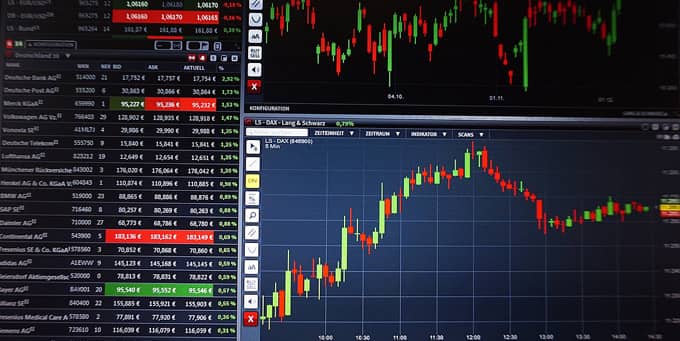The Evolution of CFD Trading: Trends and Innovations

Contracts for Difference (CFDs) have revolutionized the way individuals trade financial markets. Originating in the early 1990s, CFD trading has evolved significantly, influenced by technological advancements, regulatory changes, and innovative trading strategies. This article explores the journey of CFD trading from its inception to the present day, highlighting key trends and innovations that have shaped its evolution.
The Origins of CFD Trading
CFD trading began in London in the early 1990s, primarily as a product for institutional investors. It was initially used as a hedging tool to offset potential losses in physical shares, allowing traders to speculate on price movements without owning the underlying asset. The appeal of CFDs lay in their leverage capabilities, requiring a smaller initial investment compared to traditional trading methods.
Technological Advancements
One of the most significant factors driving the evolution of CFD trading is technology. The advent of the internet and the development of sophisticated trading platforms have made CFD trading accessible to retail investors. Online trading platforms, such as MetaTrader and cTrader, provide user-friendly interfaces, real-time data, and advanced analytical tools, enabling traders to make informed decisions quickly.
Mobile trading apps have further democratized CFD trading, allowing traders to execute trades from their smartphones or tablets. This convenience has attracted a new generation of traders who value flexibility and instant access to the markets.
Regulatory Changes
As CFD trading gained popularity among retail investors, regulatory bodies worldwide recognized the need to protect consumers. Regulations have evolved to ensure transparency, mitigate risks, and maintain market integrity. For example, the European Securities and Markets Authority (ESMA) introduced measures to limit leverage ratios, ensuring that retail traders do not take on excessive risk.
These regulatory changes have fostered a more secure and fair trading environment, increasing investor confidence in CFD trading.
Innovations in Trading Strategies
The evolution of CFD trading has also been marked by innovations in trading strategies. Algorithmic trading, which uses computer algorithms to execute trades based on predefined criteria, has become increasingly prevalent. These algorithms can analyze vast amounts of data and execute trades at speeds beyond human capabilities, enhancing efficiency and profitability.
Social trading platforms, such as eToro, have introduced a new dimension to CFD trading. These platforms allow traders to follow and copy the trades of experienced investors, democratizing access to successful trading strategies. This innovation has created a collaborative trading environment where novice traders can learn from experts.
The Rise of Cryptocurrency CFDs
The emergence of cryptocurrencies has added a new layer of complexity and opportunity to CFD trading. Cryptocurrency CFDs allow traders to speculate on the price movements of digital assets like Bitcoin, Ethereum, and Ripple without owning the actual coins. This innovation has attracted a new wave of traders who are interested in the volatility and potential profits offered by the cryptocurrency market.
The Future of CFD Trading
Looking ahead, the future of CFD trading appears promising, driven by ongoing technological advancements and market developments. Artificial intelligence (AI) and machine learning are expected to play a significant role in shaping the next phase of CFD trading. AI-powered trading bots can analyze market trends, execute trades, and manage risk more effectively than ever before.
Blockchain technology is another innovation that could revolutionize CFD trading. By enhancing transparency, security, and efficiency, blockchain could address some of the challenges associated with traditional trading methods and create new opportunities for traders.
Conclusion
The evolution of CFD trading has been characterized by continuous innovation and adaptation to changing market dynamics. From its origins as a hedging tool for institutional investors to its current status as a popular trading instrument for retail investors, CFD trading has come a long way. Technological advancements, regulatory changes, and innovative trading strategies have all contributed to its growth and development.
As we look to the future, the integration of AI, machine learning, and blockchain technology promises to further transform CFD trading, making it more accessible, efficient, and secure. For traders, staying abreast of these trends and innovations will be key to navigating the ever-evolving landscape of CFD trading.
Contracts for Difference (CFDs) have revolutionized the way individuals trade financial markets. Originating in the early 1990s, CFD trading has evolved significantly, influenced by technological advancements, regulatory changes, and innovative trading strategies. This article explores the journey of CFD trading from its inception to the present day, highlighting key trends and innovations that have shaped…